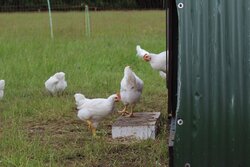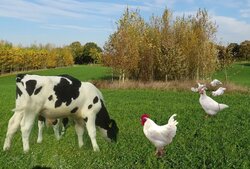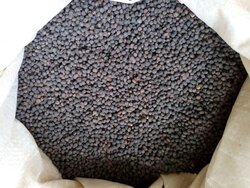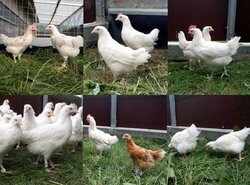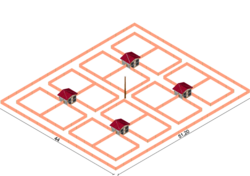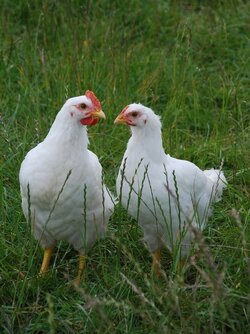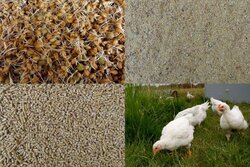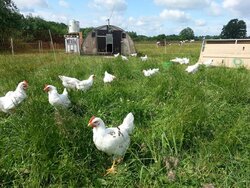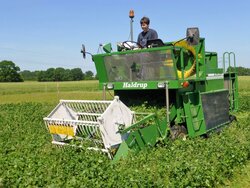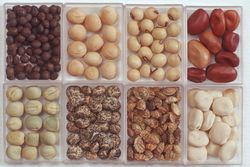Organic poultry husbandry
Organic poultry farming has grown considerably in recent years, but some challenges are still unsolved. These can be seen mainly in the 100% organic feeding of the young chicks, in animal welfare and animal health, and in the use of day-old male layer chicks. These problems must be solved in a way that does not contradict the expectations of the customers and the goals of organic farming.
Organic egg production
With a market share of over 10%, the organic egg is a very successful product. Nevertheless, there are still challenges in the field of regional feeding, animal welfare and good use of the outdoor area. Our research focus is on 100% organic and regional feeding.
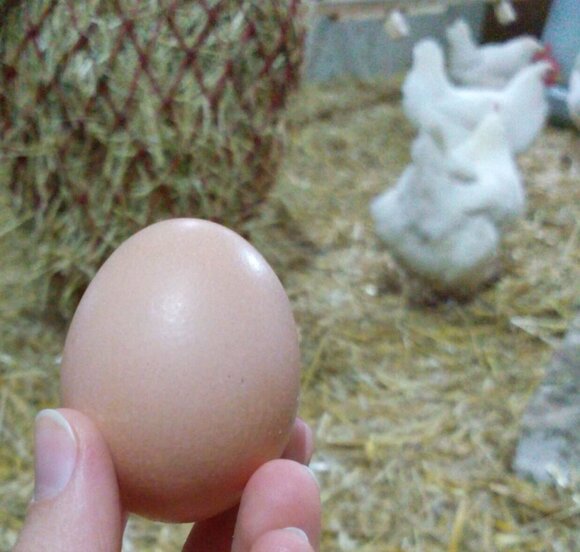
Organic chicken production
In contrast to organic egg production, chicken meat occupies a small market niche, which is why there is a particular need for supportive research. Important challenges are the 100% organic feeding during the first weeks of life as well as the question of using day-old male layer chicks. These can only be fattened with poor efficiency. Therefore, our research focus is not only on 100% organic feeding but also on the use of dual-purpose chickens as an alternative to the culling of day-old male layer chicks.

![[Translate to English:] [Translate to English:]](/media/_processed_/8/e/csm_Bildschirmfoto_2021-03-03_bearb_fc48ac88bf.jpeg)
![[Translate to English:] [Translate to English:]](/media/_processed_/8/e/csm_Bildschirmfoto_2021-03-03_bearb_ba3ec0e9d7.jpeg)
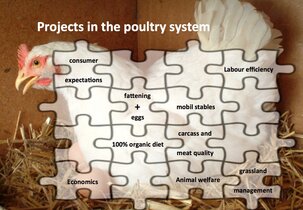

![[Translate to English:] Dark brooders in chicken rearing](/media/_processed_/f/9/csm_Dunkelbrueter_dc2e15d51f.jpg)
![[Translate to English:] sLowFeedChickIns](/media/_processed_/4/9/csm_TI-OL_Helen_Pluschke_Slowfeedchickins_6c1f856da0.jpg)
